Voltcraft IR110-6S Bruksanvisning
Voltcraft
Termometer
IR110-6S
Läs gratis den bruksanvisning för Voltcraft IR110-6S (3 sidor) i kategorin Termometer. Guiden har ansetts hjälpsam av 11 personer och har ett genomsnittsbetyg på 4.9 stjärnor baserat på 6 recensioner. Har du en fråga om Voltcraft IR110-6S eller vill du ställa frågor till andra användare av produkten? Ställ en fråga
Sida 1/3

Laser radiation can be dangerous, if the laser beam or its reection enters unprotected
eyes. Before using the thermometer, familiarise yourself with the statutory regulations and
instructions for operating such a laser device.
Never look into the laser beam and never point it at people or animals. Laser radiation can
seriously damage your eyes.
If laser radiation enters your eyes, close your eyes immediately and move your head away
from the beam.
If your eyes have been irritated by laser radiation, do not continue to carry out tasks with
safety implications, such as working with machines, working from great heights or close to
high voltage. Do not drive any vehicles until the irritation has completely subsided.
Do not point the laser beam at mirrors or other reective surfaces. The uncontrolled, re-
ected beam may strike people or animals.
Never open the device. Conguration or maintenance tasks must only be completed by a
trained specialist who is familiar with the potential hazards. Improperly executed adjust-
ments might result in dangerous laser radiation.
The product is equipped with a class 2 laser. Laser signs in different languages are in-
cluded in the package. If the sign on the laser is not in your local language, attach the
appropriate sign to the laser.
Caution: Using equipment or procedures other than those described in these instructions
could lead to exposure to dangerous radiation.
6.5 Batteries
Correct polarity must be observed while inserting the batteries.
The batteries should be removed from the device if it is not used for a long period of time to
avoid damage through leaking. Leaking or damaged batteries might cause acid burns when
in contact with skin, therefore use suitable protective gloves to handle corrupted batteries.
Batteries must be kept out of reach of children. Do not leave batteries lying around, as there
is risk, that children or pets swallow them.
All batteries should be replaced at the same time. Mixing old and new batteries in the
device can lead to battery leakage and device damage.
Batteries must not be dismantled, short-circuited or thrown into re. Never recharge nonre-
chargeable batteries. There is a risk of explosion!
6.6 Operation
Consult an expert when in doubt about the operation, safety or connection of the appliance.
If it is no longer possible to operate the product safely, take it out of operation and protect
it from any accidental use. DO NOT attempt to repair the product yourself. Safe operation
can no longer be guaranteed if the product:
–is visibly damaged,
–is no longer working properly,
–has been stored for extended periods in poor ambient conditions or
–has been subjected to any serious transport-related stresses.
7 Product overview
4
1 Laser outlet
2 Infrared (IR) sensor with lens
3 Measuring button
4 Display
8 Inserting/changing batteries
1. Unlock and then remove the battery compartment cover at the bottom of the handle.
2. Pull out the battery tray.
3. Insert two AAA-sized batteries into the tray. Observe the polarity markings printed on the
tray.
4. Slide the battery tray back in.
5. Reattach the battery compartment cover.
Note:
Replace the batteries if the battery symbol
is shown on the display.
Operating Instructions
IR 110-6S Infrared Thermometer
Item No. 2450948
1 Intended use
The product is used for contact-free measurement of surface temperatures. The infrared sen-
sor detects the emitted heat radiation of an object, and converts this information into a tem-
perature value. The product is not suitable for measuring the body temperature of humans.
The product is suitable only for use in dry environments.
If you use the product for purposes other than those described, the product may be damaged.
Improper use can result in short circuits, res, or other hazards.
The product complies with the statutory national and European requirements. For safety and
approval purposes, you must not rebuild and/or modify the product.
Read the operating instructions carefully and store them in a safe place. Make this product
available to third parties only together with the operating instructions.
All company names and product names are trademarks of their respective owners. All rights
reserved.
2 Delivery content
Product
Laser warning labels
Carrying bag
2x AAA batteries
Operating instructions
3 Latest product information
Download the latest product information at www.conrad.com/downloads or scan the QR code
shown. Follow the instructions on the website.
4 Symbols in this document
The symbol warns of hazards that can lead to personal injury. Read the information
carefully.
5 Symbols on the product
The symbol warns of hazards from exposure to laser beams that can lead to eye
injury.
6 Safety instructions
Read the operating instructions carefully and especially observe the safety
information. If you do not follow the safety instructions and information on
proper handling in this manual, we assume no liability for any resulting per-
sonal injury or damage to property. Such cases will invalidate the warranty/
guarantee.
6.1 General information
The device is not a toy. Keep it out of the reach of children and pets.
Do not leave packaging material lying around carelessly. This may become dangerous
playing material for children.
If you have questions which remain unanswered by these operating instructions, contact
our technical support service or other technical personnel.
Maintenance, modications and repairs must only be completed by a technician or an au-
thorised repair centre.
6.2 Handling
Please handle the product carefully. Jolts, impacts or a fall even from a low height can
damage the product.
6.3 Operating environment
Always comply with the accident prevention regulations for electrical equipment when us-
ing the product in commercial facilities.
Trained personnel must supervise the use of electrical appliances in schools, training facili-
ties and DIY workshops.
Do not place the product under any mechanical stress.
Protect the appliance from extreme temperatures, strong jolts, ammable gases, steam
and solvents.
Protect the product from high humidity and moisture.
Protect the product from direct sunlight.
6.4 Laser
When operating the laser equipment, always make sure that the laser beam is directed
so that no one is in the projection area and that unintentionally reected beams (e.g. from
reective objects) cannot be directed into areas where people are present.
Produktspecifikationer
| Varumärke: | Voltcraft |
| Kategori: | Termometer |
| Modell: | IR110-6S |
Behöver du hjälp?
Om du behöver hjälp med Voltcraft IR110-6S ställ en fråga nedan och andra användare kommer att svara dig
Termometer Voltcraft Manualer
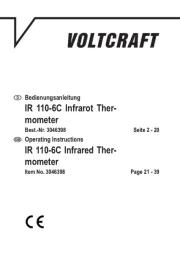
22 Juli 2025
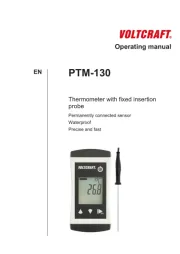
22 Juli 2025
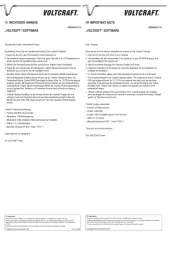
21 Juli 2025
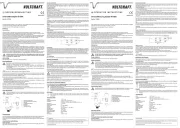
21 Juli 2025

5 Oktober 2024

17 September 2024

17 September 2024

17 September 2024

17 September 2024

16 September 2024
Termometer Manualer
- Topcom
- Berdsen
- Delta Ohm
- Sensitec
- Guide
- Beaba
- TFA Dostmann
- Geratherm
- Nurcraft Care
- Perel
- Fysic
- Denver
- Citizen
- Auriol
- Vicks
Nyaste Termometer Manualer
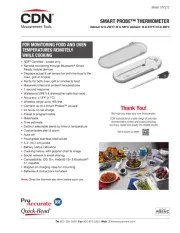
23 Oktober 2025
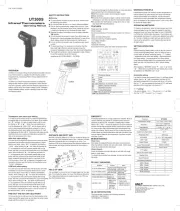
16 Oktober 2025
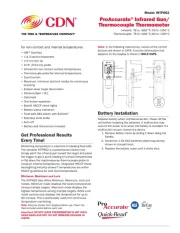
13 Oktober 2025
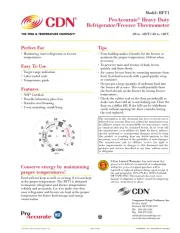
13 Oktober 2025
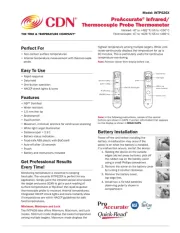
13 Oktober 2025
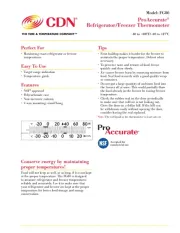
13 Oktober 2025
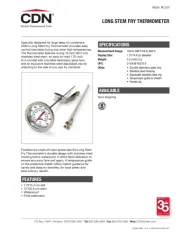
12 Oktober 2025
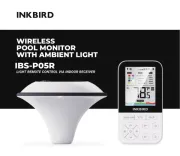
7 Oktober 2025
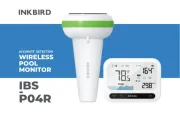
7 Oktober 2025
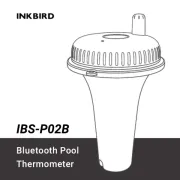
7 Oktober 2025